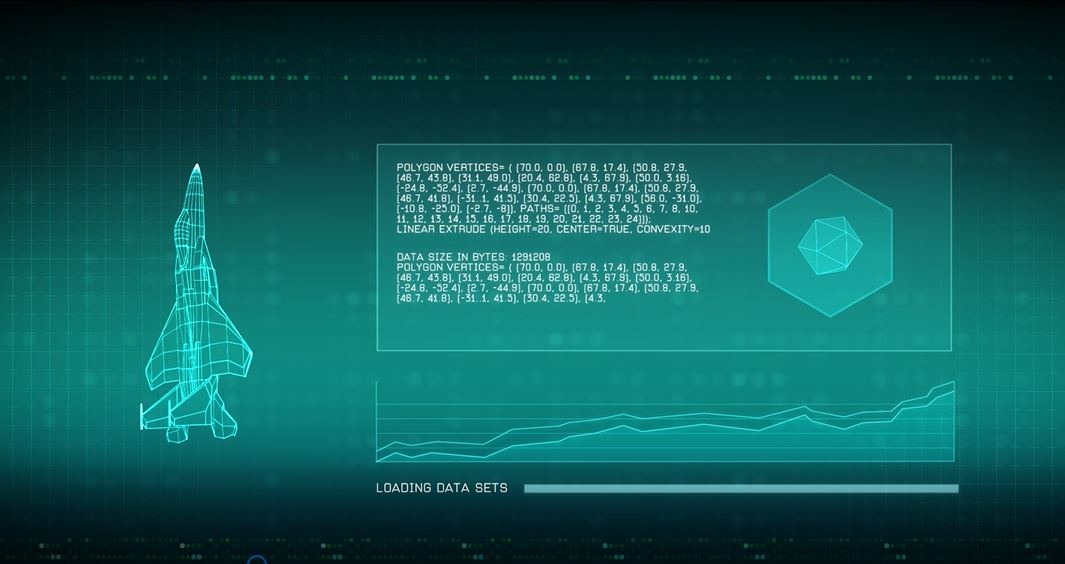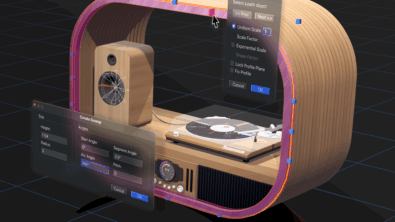A short history of 3D modeling

This video provides a 2 minute history of facet modeling and B-rep modeling, citing some characteristics of each technique and its associated data format. The historical context sets the scene for understanding why Convergent Modeling™ technology will be an important milestone in the evolution of 3D modeling. For reference, the audio transcript is posted below.
“Long Long ago, at the dawn of 3D CAD, two technologies emerged that allowed us to turn our creative thoughts into innovative products more easily.
Facet modeling represented surfaces as connected planar triangles, and surfaces were positioned to represent 3D objects. It was favored for its simplicity and ease of coding, but engineering accuracy required very large data sets.
Boundary Representation – B-rep – used mathematically defined surfaces connected by topology to represent objects as water-tight volumes. This was concise and precise, but also more complex.
B-rep-proved the best solution for engineering, and today, the vast majority of CAD CAM systems for design, simulation and manufacture of consumer and industrial products are b-rep based.
Facet modeling developed as the preferred solution for less precise, high speed, shape representation such as gaming, animation, and digital mock-up.
Recently, facet data has become more common and valuable in engineering workflows with the emergence of high precision, low cost, 3D scanning, medical scanning and 3D printing. But the benefits of using facet data are reduced by the need for one-way, one time conversion to b-rep format, which is often time-consuming and error prone for numerous technical reasons.
The ideal, but extremely difficult, technical solution is to fully integrate facet data representation into a b-rep system’s architecture so facet data can be used for all operations, without conversion, as if it is b-rep data.Siemens PLM has developed this ground-breaking solution and calls it Convergent Modeling. Use facet data in your b-rep workflows with no data conversion and all the benefits of both technologies.”



Comments